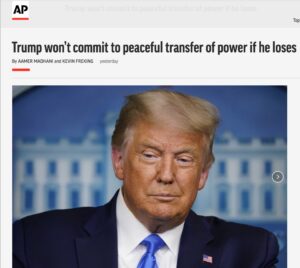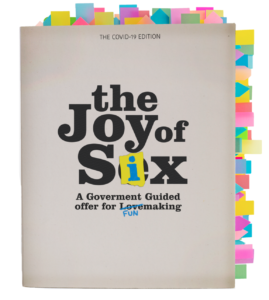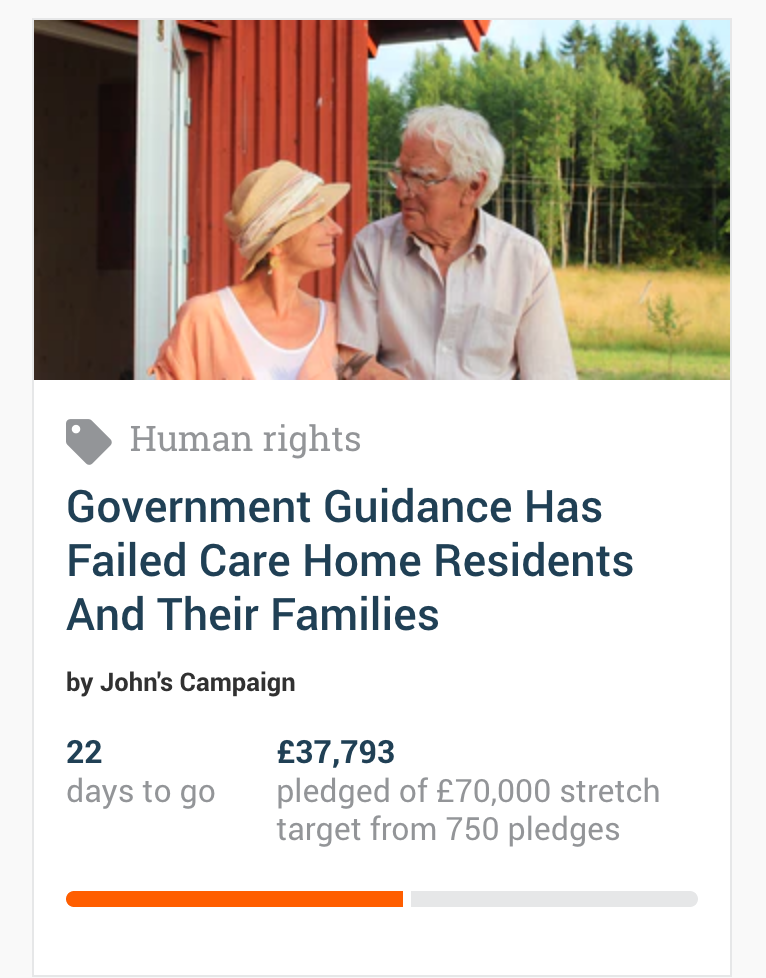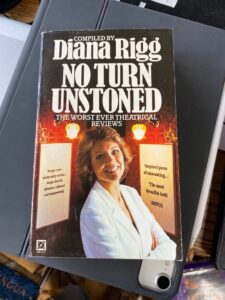Quote of the Day
“There ain’t no Sanity Claus”.
- Groucho Marx, in A Night at the Opera
Musical replacement for the morning’s radio news
Fleetwood Mac: Second Hand News
US mainstream media: still living in the past
Wonderful blast from Dave Pell in his daily newsletter:
One of things we learned last night is that the media still hasn’t adjusted to the Trump era. The immediate headlines continued a never-ending streak of false equivalence and both sides-ism. One guy lies constantly. One guy is a bully. One guy has dragged America’s reputation into a bottomless pit. One guy turned last night’s debate into a debacle. And yet, just after the conclusion of the broadcast, these were some of the headlines I screen captured, all of which give the impression that both participants were equally responsible for the disaster. NYT: Sharp Personal Attacks and Name Calling in Chaotic First Debate. WaPo: Personal Attacks, Sharp Exchanges Mark Turbulent First Debate. CNN: Pure Chaos at First Debate. AP: Debate Anger: Biden Tells Interrupting Trump, “Shut Up, Man.” Boston Globe: First Debate Between Trump, Biden Marked By Chaos, Rancor as Candidates Made it Personal. LA Times: Trump and Biden Trade Bitter Personal Attacks in First Debate. Bloomberg: Trump-Biden Debate Descends into Bickering and Chaos. Time: Shouting Over Each Other. Yeah, it was just a couple of guys who were both losing their cool, and there are some very fine debaters on both sides. Give me a break. The debate did not “descend” into bickering and chaos. It was dragged there by the same monster who has dragged America to this maddeningly dangerous precipice. By morning, many of these headlines had been updated to more accurately depict what we all saw and heard. But the knee-jerk response was towards the false equivalence that has propped up Trump for years.
Spot on. I’m continually amazed by the small-c conservatism of mainstream US journalism.
James Fallows published a fine essay on this that I blogged recently.
Larry Tribe on watching “a coup d’Etat in progress”
Laurence Tribe is Professor of Constitutional Law at Harvard and one of the most eminent Constitutional scholars in the US. He’s also a member of the ‘Real Facebook Oversight Board’ that my Observer colleague Carole Cadwalladr has assembled. Yesterday that Board held its first public meeting. Here’s what Larry Tribe said in his opening statement:
Understanding how Covid spreads: it’s about averages and bursts
Here’s the long read of the day — a terrific piece by Zeynep Tufecki in The Atlantic.
The gist of it:
I’ve heard many explanations for these widely differing trajectories over the past nine months—weather, elderly populations, vitamin D, prior immunity, herd immunity—but none of them explains the timing or the scale of these drastic variations. But there is a potential, overlooked way of understanding this pandemic that would help answer these questions, reshuffle many of the current heated arguments, and, crucially, help us get the spread of COVID-19 under control.
By now many people have heard about R0—the basic reproductive number of a pathogen, a measure of its contagiousness on average. But unless you’ve been reading scientific journals, you’re less likely to have encountered k, the measure of its dispersion. The definition of k is a mouthful, but it’s simply a way of asking whether a virus spreads in a steady manner or in big bursts, whereby one person infects many, all at once. After nine months of collecting epidemiological data, we know that this is an overdispersed pathogen, meaning that it tends to spread in clusters, but this knowledge has not yet fully entered our way of thinking about the pandemic—or our preventive practices.
The now-famed R0 (pronounced as “r-naught”) is an average measure of a pathogen’s contagiousness, or the mean number of susceptible people expected to become infected after being exposed to a person with the disease. If one ill person infects three others on average, the R0 is three. This parameter has been widely touted as a key factor in understanding how the pandemic operates. News media have produced multiple explainers and visualizations for it. Movies praised for their scientific accuracy on pandemics are lauded for having characters explain the “all-important” R0. Dashboards track its real-time evolution, often referred to as R or Rt, in response to our interventions. (If people are masking and isolating or immunity is rising, a disease can’t spread the same way anymore, hence the difference between R0 and R.)
Unfortunately, averages aren’t always useful for understanding the distribution of a phenomenon, especially if it has widely varying behavior. If Amazon’s CEO, Jeff Bezos, walks into a bar with 100 regular people in it, the average wealth in that bar suddenly exceeds $1 billion. If I also walk into that bar, not much will change. Clearly, the average is not that useful a number to understand the distribution of wealth in that bar, or how to change it. Sometimes, the mean is not the message. Meanwhile, if the bar has a person infected with COVID-19, and if it is also poorly ventilated and loud, causing people to speak loudly at close range, almost everyone in the room could potentially be infected—a pattern that’s been observed many times since the pandemic begin, and that is similarly not captured by R. That’s where the dispersion comes in.
There are COVID-19 incidents in which a single person likely infected 80 percent or more of the people in the room in just a few hours. But, at other times, COVID-19 can be surprisingly much less contagious. Overdispersion and super-spreading of this virus are found in research across the globe. A growing number of studies estimate that a majority of infected people may not infect a single other person. A recent paper found that in Hong Kong, which had extensive testing and contact tracing, about 19 percent of cases were responsible for 80 percent of transmission, while 69 percent of cases did not infect another person. This finding is not rare: Multiple studies from the beginning have suggested that as few as 10 to 20 percent of infected people may be responsible for as much as 80 to 90 percent of transmission, and that many people barely transmit it.
This highly skewed, imbalanced distribution means that an early run of bad luck with a few super-spreading events, or clusters, can produce dramatically different outcomes even for otherwise similar countries…
One of the implications of this is that we’re doing testing and tracing the wrong way round. Once we’ve found an infected individual, we should be looking backwards to find who infected them rather than focussing on whom they might have infected.
Like I say, a long read. But worth it.
This blog is also available as a daily email. If you think this might suit you better, why not subscribe? One email a day, delivered to your inbox at 7am UK time. It’s free, and there’s a one-click unsubscribe if you decide that your inbox is full enough already!











